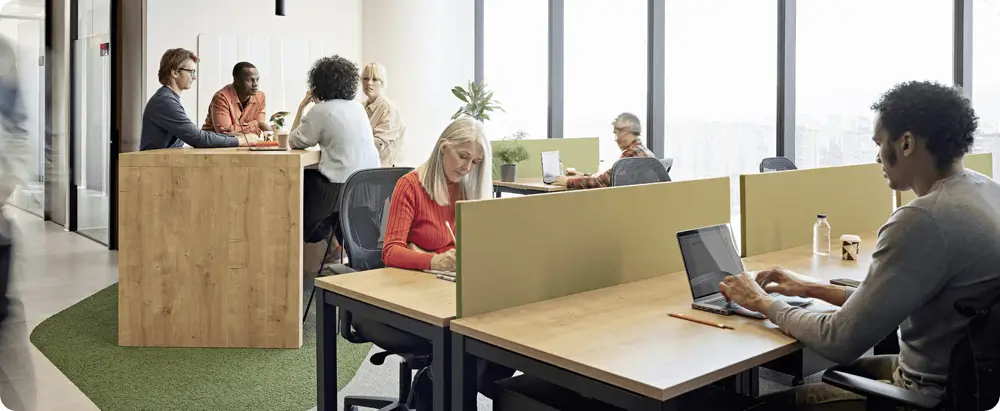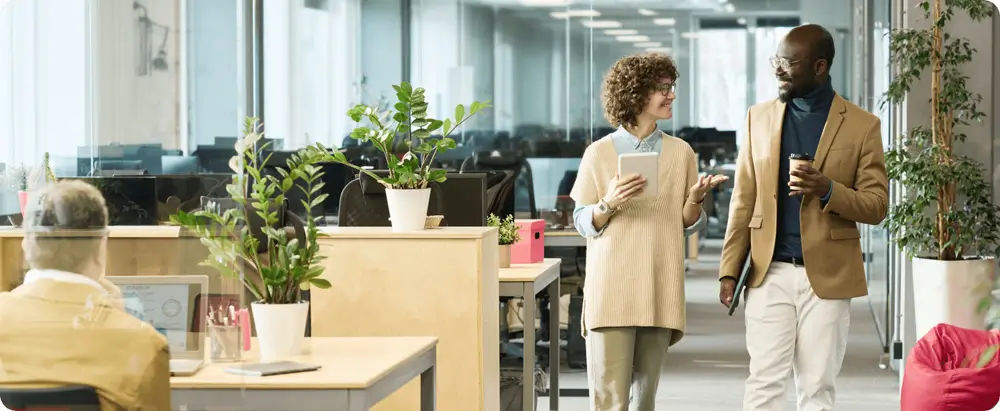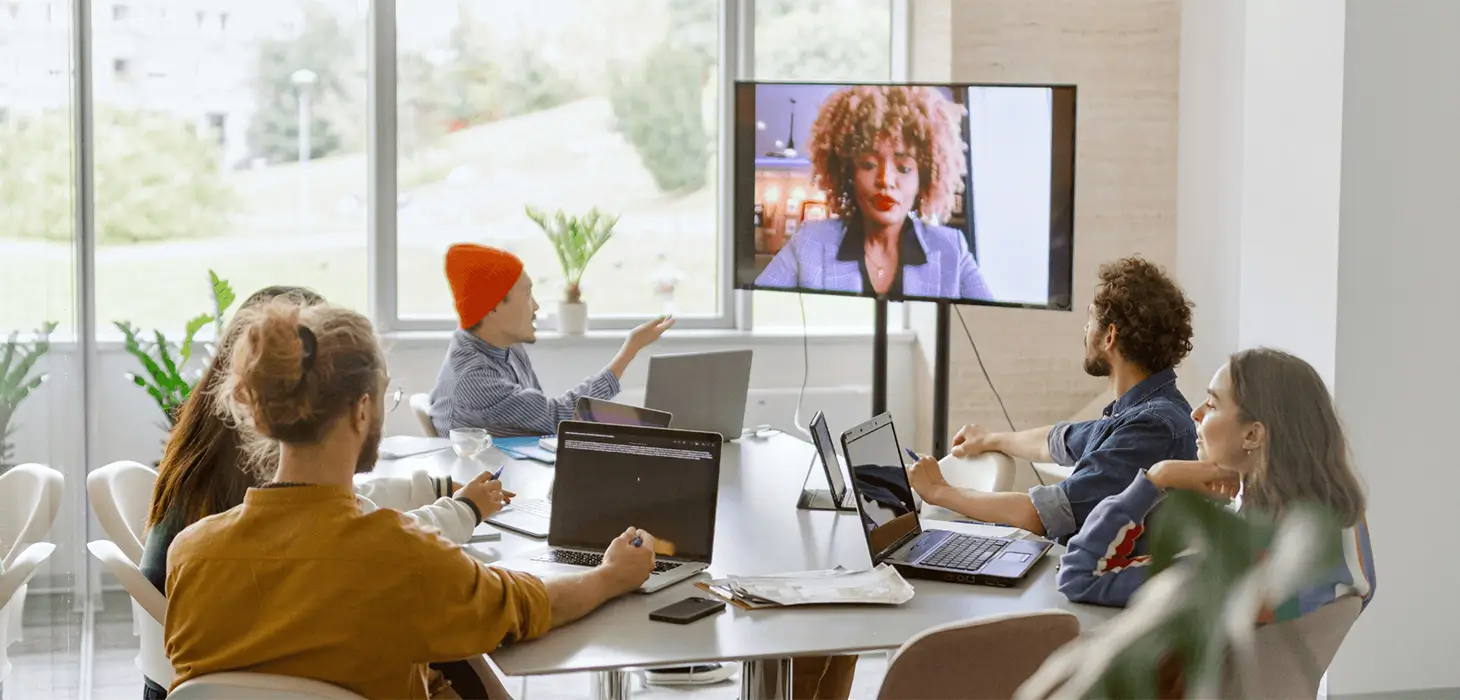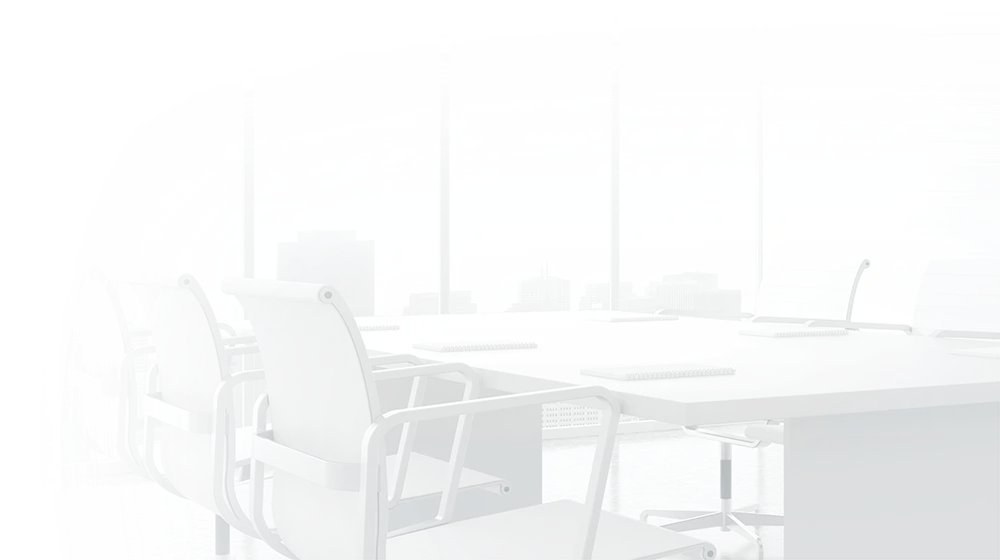As both employees and staff come to terms with new workplace environments in a post-pandemic world, it’s becoming clear there are significant trends underway.
Old ways of working are being replaced with new approaches designed to support flexibility and improve productivity. As a result, work environments are becoming very different places in both form and function.
Will remote work continue to be a viable option for companies, or will they revert to in-office work? According to a recent Gallup survey, eight in 10 chief human resources officers (CHROs) confirmed that hybrid work is here for the long haul.
What does this mean for the office in 2024? Solidifying, refining, and investing in the hybrid workplace will continue to take priority for many businesses and organisations. In this blog post, we will explore these trends in detail and examine their implications for the future of work.
The rise of remote hubs and demand for digital services

One trend that is likely to shape the hybrid workplace is the emergence of remote work hubs. Remote work hubs are designated spaces that are geographically dispersed, but which share a common purpose and provide a sense of community and collaboration for remote workers.
These hubs offer a way for employees to have access to office amenities while working remotely, such as high-speed internet, meeting rooms, and shared workspaces. As more companies adopt a remote or hybrid workplace model, we expect to see an increase in demand for these types of spaces.
Many organisations are exploring new ways to improve hybrid workspace culture, including by investing in remote work hubs to encourage collaboration. 28% of respondents in the EY Future Workplace Index 2023 by Ernst & Young Global utilised co-working spaces such as WeWork, while 15% utilised satellite offices, allowing employees to work in the office space closest to them.
Digital services that empower collaboration and communication are critical to getting work done remotely. Accordingly, 63% of respondents in the same index revealed they were investing more in digital and virtual collaboration resources.
Office spaces are also being redesigned. Rather than having large numbers of desks where people spend their days, these spaces are increasingly being used for collaborative meetings and casual interactions. This trend is likely to continue in the months and years ahead, with 51% of respondents investing in newer, high-tech office space.
These strategic investments can deliver exceptional employee experience—making it more efficient and easier for employees to collaborate while strengthening company culture and connecting teams anytime, anywhere.
Increased use of artificial intelligence AI and automation

There has been a surge in the development and use of artificial intelligence (AI) tools in recent months, and this is expected to continue at an ever-increasing pace. Organisations are coming to terms with the capability of the new tools and understanding the value they can deliver to business operations.
AI and automation can be used to perform routine tasks, freeing employees to focus on more complex work that requires human skills such as creativity, critical thinking, and problem-solving. Expect to see AI and automation implemented in everything from customer service to HR to manufacturing.
In a hybrid workplace, AI can identify potential attendance spikes and event follow-up requests, adjusting zones and service requests on the fly while offering key insights into optimising space and costs. Companies such as Microsoft are also working on ways AI can eliminate written notes from meetings—such as introducing an AI tool that can monitor the conversation, identify to-do actions, and assign them to meeting attendees.
AI will also increasingly be used in the form of conversational intelligence agents. These agents will guide users in areas such as how to use a new software application or follow a new business process. The result will be improved productivity through better staff knowledge.
Using AI and automation to improve workflows and increase productivity also allows employees to capture, process, and execute repetitive, time-consuming manual tasks in a matter of minutes instead of days.When implemented with the right partner support and expertise, these workflows enable employees and companies to operate securely no matter where they are, offering unprecedented agility and flexibility.
The emphasis on employee well-being and mental health

As the hybrid workplace model becomes more prevalent, there will be a growing emphasis on employee well-being and mental health. Employees are the beating heart of an organisation, and companies will increasingly explore ways technology can be used to enhance their employees’ workplace experiences and well-being.
Digital services will be essential in navigating these complexities. Employee experience will be enhanced through the deployment of constantly evolving communication tools. These will streamline the sharing of information between staff and allow seamless interaction from almost any location.
There will also be an increase in the use of immersive technologies that blur the line between in-office meeting participants and those working from another location. This will help to achieve the goal of ‘meeting equality’ and enhance the experience for all participants.
Working remotely can take a toll on an employee's mental health due to the lack of face-to-face interaction with colleagues and the unclear lines between work and home life. Companies will need to be proactive in addressing these concerns by offering support services such as counselling and mental health resources. Employee well-being programs will become an essential part of the hybrid workplace culture.
With the right training and support, digital services and tools can facilitate seamless collaboration, effective communication, and maintain a strong organisational culture across physical and virtual spaces. This in turn leads to improved performance, better employee retention, higher employee engagement and, ultimately, business growth.
The hybrid workplace is here to stay

When these factors are taken into account, one thing is clear: the future of work is leaning towards a hybrid model—and it is looking bright with companies continuing to embrace this model of working and reaping the benefits in terms of increased productivity and cost savings. Employees and employers have found a middle ground in hybrid work that works well when managed effectively. The office as we know today will continue to evolve rapidly in the short-term, driven by hybrid workplace needs, digital services, and new technologies.
At Ricoh, we understand the challenges that companies face in transitioning to a hybrid workplace model. That's why we offer a range of digital services and solutions to help organisations navigate this transition successfully. Our digital workplace solutions enable remote teams to collaborate seamlessly while helping businesses reduce costs and ensure data security.
With Ricoh, companies can implement a hybrid workplace model with confidence, knowing they have the necessary tools and support to succeed. If you're looking to implement a hybrid workplace model in your organisation, explore our digital workplace solutions today.
Talk to us to learn more.
Read more in Part 2: How to Choose the Right Hybrid Workplace Solution for Your Organisation
In part 2 of this mini-series we look at the steps you need to take to adopt the hybrid model successfully while focusing on the outcomes for your organisation.
Part 2: Choose the Right Hybrid Solution
About the Author

Todd Vandenberg - GTM Lead, Hybrid Workplace - Ricoh APAC
For over two decades, Todd Vandenberg has been at the forefront of workplace and workstyle transformation in the Asia Pacific region, helping businesses solve complex collaboration challenges to achieve positive outcomes.
As Ricoh’s APAC Go-To-Market Manager for Hybrid Workplace, he is committed to delivering on the promise of effortless connectivity and collaboration across teams, workspaces, and locations.

Let’s connect
Get in touch with one of our consultants and find out how we can help you create your hybrid workplace.
Recommended resources for you

How to Build Collaborative Work Environments for Hybrid Workforces
Unlock the full potential of your workforce. Learn how collaborative solutions can enhance communication, boost productivity, and foster innovation across dispersed teams.

How to Secure Your Digital Workplace from Cyberattacks
Learn how to protect your digital workplace from cyberattacks, safeguarding your data, reputation, and business.

How to Create a Hybrid Workplace That Works
Uncover strategies to build an inclusive hybrid workplace that boosts productivity and engagement.


